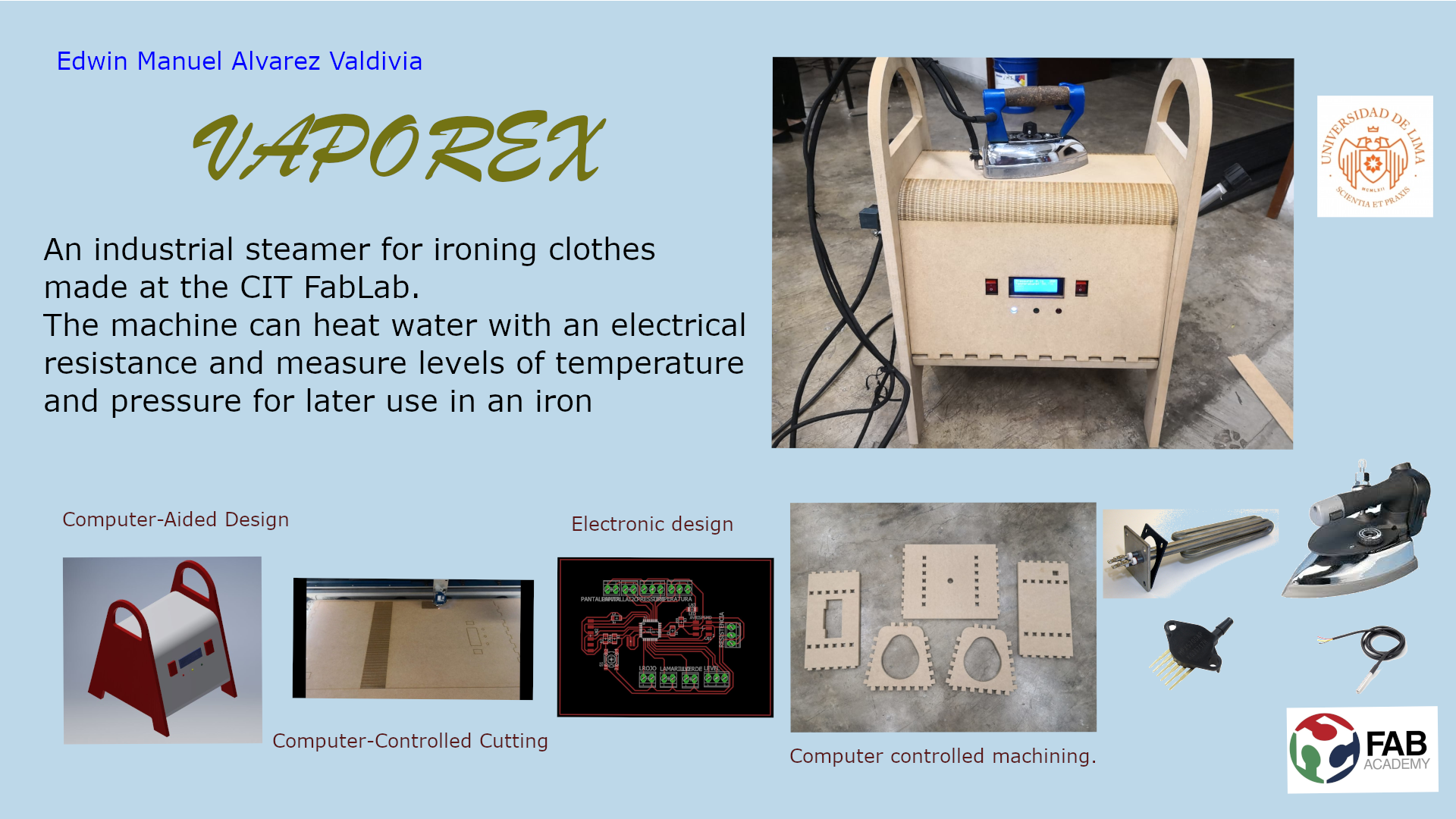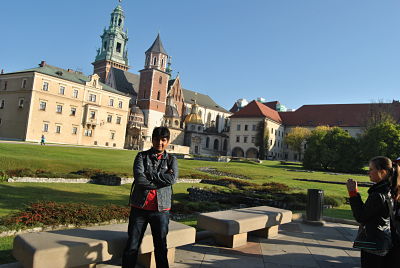Invention, Intellectual Property and Business Models
Why?
In Peru, the textile industry is very important because of the quality of the material, such as cotton, wool from native animals such as llama, alpaca, etc. and the manufacture of synthetics.
Last month the second international congress of innovation for sustainable development (coniids) was organized at the university, where the main theme was textile innovation, here you can read some information here (web in Spanish)
There is an area in Lima that is only dedicated to the sale and manufacture of all kinds of textiles, so they need steam plates, similar to my final project and I thought it was an excellent idea to obtain the patent.
Being a professor at the university is very important in a professional way to have research articles or patents, that is why I decided to choose it as a patent.
Requirements
To be able to make a patent I investigated in the entity that is responsible for the issuance of patents, Indecopi. Website.
In Peru, invention patents are characterized by being limited in time, that is, they are valid for a period of 20 years (non-renewable), counted as of the filing of the application, after which the invention passes into the public domain.
Also, they are territorial, that is, they are only protected in the country in which the patent was registered.
To patent an invention in Peru, the patent office will examine the creation based on certain criteria, pre-established in the legislation, which depend on the type of patent application that has been chosen to process.
The types of patents that exist to date in Peru are the following:
- PATENT OF INVENTION
- INDUSTRIAL DESIGN
- PATENT OF UTILITY MODEL
- CERTIFICATE OF PROTECTION
- STRUCTURE OF INTEGRATED CIRCUITS
- COLECTIVE KNOWLEDGE OF INDIGENOUS PEOPLES
- CERTIFICATE OF OBTENTOR (VEGETABLE VARIETIES)
Patent of invention
For the Peruvian State to grant a patent for invention, the invention seeking protection must meet the following requirements:
Novelty
An invention will be novel if it has not been available to the public, either because it was published, described, exposed or known, before the application is submitted. The condition of novelty is evaluated on a global scale.The steam iron machine in the market focus on improving the size and capacity of water, but nevertheless they do not focus on digitizing the automation of the product. It is all analogue almost the designs are very basic. In my case the design is improved, and electronics are added to the invention.
Inventive level
The invention should not be derived obviously or obviously from the knowledge that is available in the specific area.In this case the users of these devices are accustomed to the analog system and many requests to be able to observe the levels of temperature, pressure, level of the deposit, etc. through a screen or similar. Another factor they are looking for is the speed of operation of the steaming machine. The control system can be improved so that the improvement is not so evident.
Industrial Application
The invention must be capable of being reproduced or used in any type of industry or productive activity.This case is obvious, since the fabacademy prepares us to be able to create products on a large scale and to understand the manufacturing processes that must be carried out.
After 18 months have elapsed since the filing date for the case of invention patents, the application is converted from confidential status to public. That means that my patent could be enabled by June of the year 2020.
This does not mean that it does not start looking for potential clients and start manufacturing, finding partners and raising funds to meet deadlines.
Dissemination
When the project has passed the testing phases and improve details that customers can give, we must have a laboratory for the manufacture and implementation, in this laboratory we need 3D printers, CNC Router to make electronics boards and big enclosure for the project, soldering station (tig and welding) and tools car.
We also have suppliers of materials such as electrical resistance, MDF, electronic components, etc. The idea is to have enough material in a warehouse to be able to create at least 10 Vaporex (my project) in a month.
I have even advanced with the possible banking procedures to apply for money, pity that normally they will not give money until spent at least 1 year selling the invention.
The first customers would be to the textile laboratory of the University of Lima to the business of my family of clothing repair, in this way the invention will be announced.
We will also take advantage of our laboratory to give small workshop courses in programming and digital manufacturing, for this we will use arduinos to understand the basic concepts of programming, 3D printers and specialized computers for 3D design.
These courses will last 30 total hours with a cost of $ 100 per person. This cost will cover the purchase of filaments for the printer and electronic components necessary for programming and materials for Vaporex.
The objective of these workshops is for our company to be known and new projects can be created and mass digital manufacturing tools.
 Video.
Video.